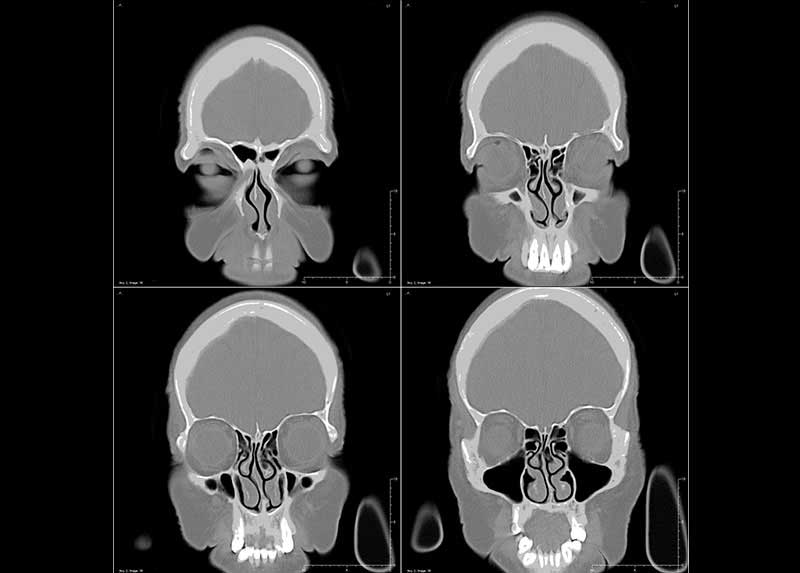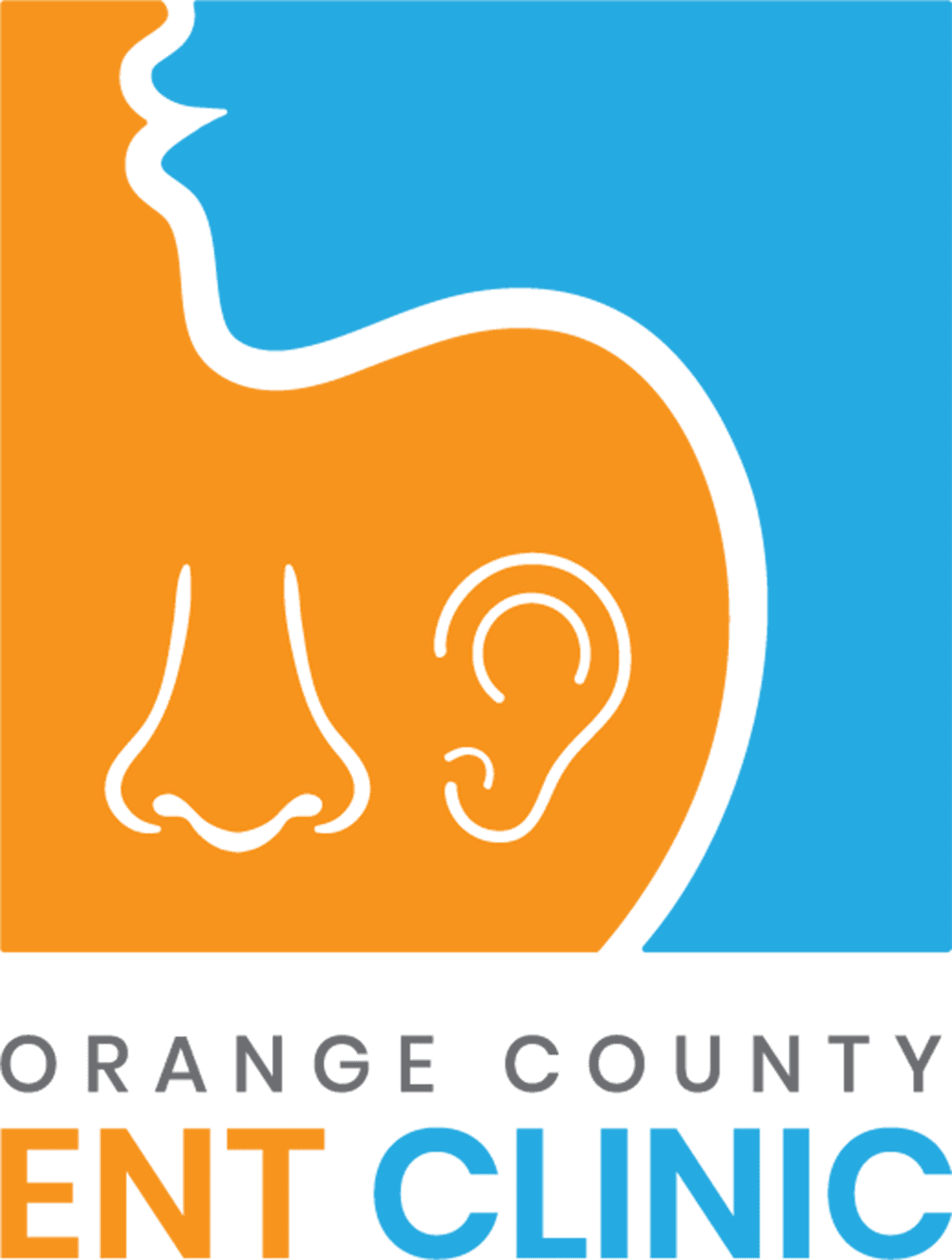
Image-guided sinus surgery allows for precise surgical movements.
Many nasal and sinus conditions are manageable with conservative (non-surgical) treatments – e.g., medication, lifestyle adjustments, and improvements with indoor air quality. But there are times when surgery is necessary to correct sinus-related defects or obstructions or improve airflow.
One option is what’s known as image-guided sinus surgery. It’s an approach to surgery involving the sinus cavities and related structures that’s performed with enhanced visual assistance that typically allows very precise surgical movements to be made.
How Image-Guided Sinus Surgery Is Performed
Images of the affected sinus structure(s) are produced by a CT scan or MRI during this type of surgery. Since the scanned images are linked digitally to a computerized image-guidance system, the surgeon is able to view 3D images of internal sinus structures. The added precision that’s possible with this approach to surgery is especially beneficial when sinus structures by the eyes or brain have to be targeted.
One approach to image-guided sinus surgery involves the placement of infrared sensors attached to the head of the patient. With some procedures of this nature, electromagnetic fields are used as reference points. The affected sinus passage is then accessed via the nose with a special wired instrument.


Image-Guided Endoscopic Sinus Surgery
Image-guided sinus surgery doesn’t necessarily have to involve endoscopic techniques. However, there is a variation of image-guided sinus surgery referred to as endoscopic sinus surgery (ESS), which involves the use of minimally invasive methods coupled with enhanced visualization capabilities. With this type of image-guided sinus surgery, a lighted scope with an attached lens that’s linked to a monitor is inserted through the nose.
The endoscope provides added visual clarity so that sinus procedures can be done in a way that protects adjacent healthy tissue. Specially designed micro instruments are used to remove diseased tissue or nasal polyps based on the images displayed on the monitor. What this does is allow the surgeon to have a real-time view of the sinus cavity that’s being operated on.
Types of Sinus Problems Treated
Image-guided sinus surgery is sometimes performed if previous sinus surgery altered sinus structures in a way that makes traditional surgery risky. It’s common for this type of surgery to be performed to remove sinus blockages, especially ones in hard-to-reach locations where added visual assistance is needed. Other procedures that may be performed with image-guided sinus surgery include:
- The removal of small bones around sinus cavity openings to improve drainage and airflow
- Nasal polyp removal
- The removal of diseased sinus tissue
Image-Guided Sinus Surgery Benefits
The main benefit of image-guided sinus surgery is that it allows a surgeon to make very precise movements in a way that reduces risks for the patient. The 3D images produced also make it easier for surgeons to avoid sensitive blood vessels when removing polyps, blockages, tissue, or bones. Benefits for patients may include:
- Less post-surgery discomfort
- Reduced blood loss during surgery
- Fewer complication risks
For times when this approach to sinus surgery isn’t preferred or appropriate, traditional endoscopic techniques or surgical procedures not involving a visual guidance system may be explored. Another option for clearing sinus passages is what’s termed a balloon sinuplasty (BSP), which is performed with a special type of balloon.
